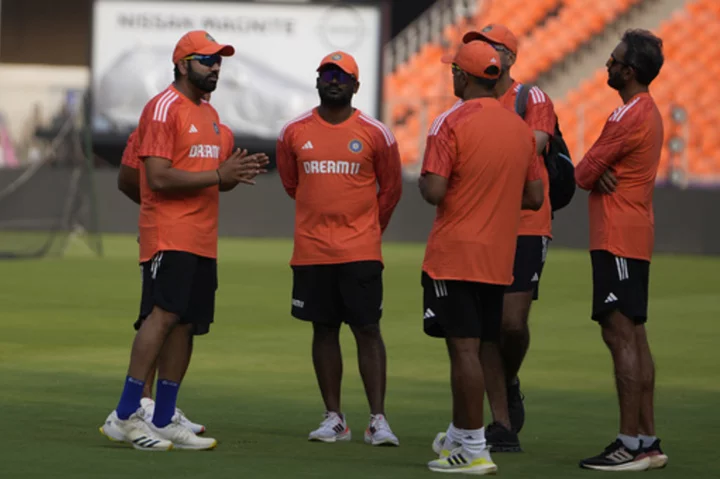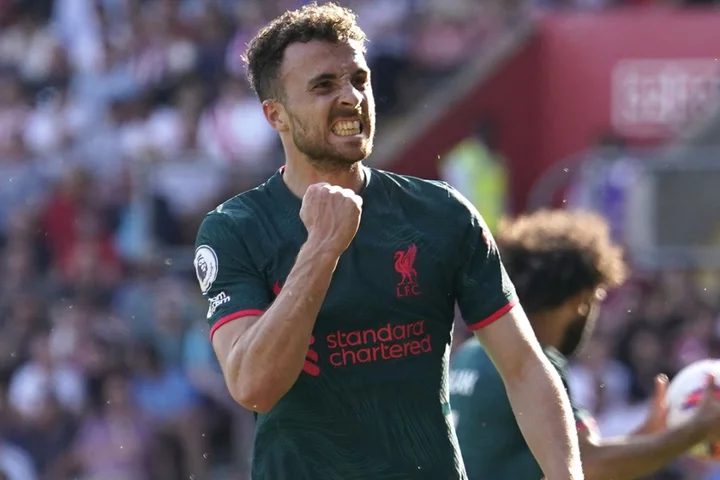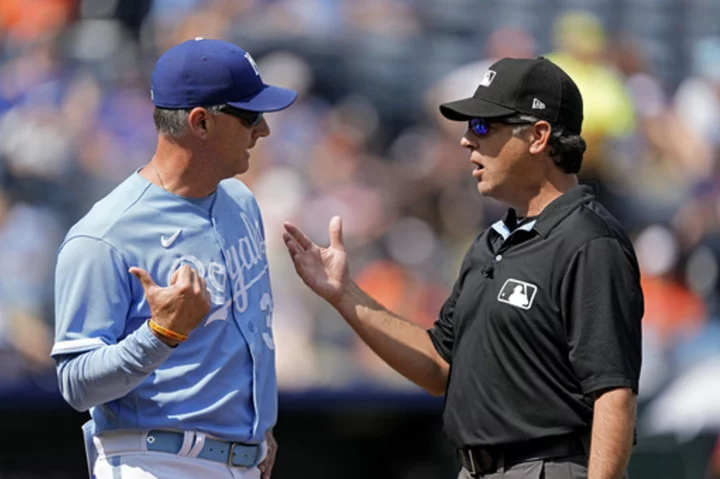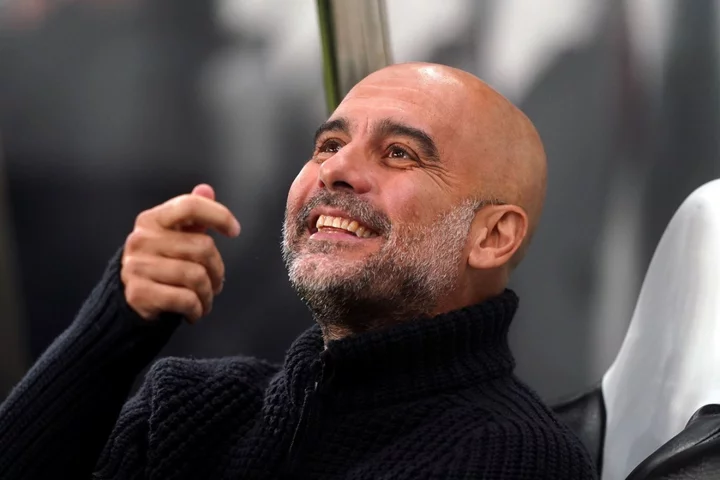AHMEDEBAD, India (AP) — India, a country of 1.4 billion people, will come to a virtual standstill on Sunday when its cricket team led by Rohit Sharma and Virat Kohli takes on five-time champion Australia in the Cricket World Cup final.
It will be played at Narendra Modi Stadium, the world’s largest cricket venue with a seating capacity of 132,000. It was commissioned in 2015 and built with the purpose of hosting the tournament final eight years later. In the process it will likely set a world cricket attendance record.
From Chennai to Dharamsala and Mumbai to Kolkata, India has played in front of partisan crowds during the six-week tournament. The home side has channeled that weight of expectations and pressure to win nine consecutive games — the only unbeaten team.
Kohli, not surprisingly, has been the focal point for this Indian performance. Now the foremost one-day international batter in history with 50 centuries, he has scored 711 runs in 10 innings at average of 101.57. It is an insurmountable tally, with Sharma (550 runs) and Australia’s David Warner (528) well behind.
India’s dominance in this World Cup, however, has been underlined by its bowling attack. Mohammed Shami has been the leader — 23 wickets in only six games. And Shami wasn’t in contention for the first four games when India opted for Hardik Pandya and Shardul Thakur/Ravichandran Ashwin.
Pandya’s left ankle injury ruled the allrounder out of the tournament and made more room for Shami. Also helping India was Jasprit Bumrah, who took 18 wickets in 10 games, while spinners Ravindra Jadeja and Kuldeep Yadav chipped in with 31 wickets between them.
India’s bowling has been so impressive that it has yet to chase any total over 273 runs in this tournament and restricted the opposition to sub-100 scores twice and under-200 scores two other times. Among them, Australia was bowled out for 199 in its tournament-opening match at Chennai on Oct. 8.
“The difference is our bowling attack,” said opener Shubman Gill. “Our bowlers have either defended the total or restricted the other team to a below-par score.”
Going for its sixth title, Australia is the most dominant side in World Cup history. It has lost two finals — to the West Indies in 1975 and to Sri Lanka in 1996. Now in its eighth final, it stands between India’s quest for a third title.
The two sides have a previous knockout history — they have met on two occasions. Australia beat India in the 2015 World Cup semifinal at Sydney, enroute to its fifth title. In 2011, Yuvraj Singh’s heroic half-century allowed the eventual championship-winning home side to beat Australia in the quarterfinals at Ahmedabad.
The 2003 final in Johannesburg was the last time the teams met in a championship match. Skipper Ricky Ponting smashed an unbeaten 140 off 121 balls as Australia won by 125 runs, amassing 359-2 before India surrendered meekly with 234-9.
Sharma will once again look to take the attack to Australia captain Pat Cummins and his fellow bowlers. Sharma especially loves short deliveries and has hit the most sixes in this tournament — 28.
Australia lost its first two games — to India and South Africa — and was in 10th and last place in the standings with no points on Oct. 15. Since, Warner, Mitchell Marsh (426 runs in nine games) and Adam Zampa (22 wickets) have been the cornerstones of its revival.
“It’s why we play the game, we want to take on the best,” Australia fast bowler Mitchell Starc said after his team's semifinal win over South Africa.
“India has been the best in the tournament so far and we both find ourselves in the final. We played them in the first game of the tournament, now we get to take them on in the last. What a place to be at the end of a World Cup.”
___
AP cricket: https://apnews.com/hub/cricket









